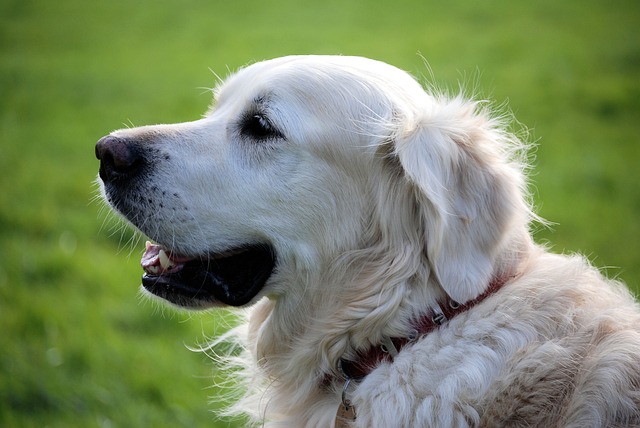
How to calm down an overly excited dog
That frantic burst of energy known as the "zoomies" can be amusing, but when your dog is constantly bouncing off the walls, it becomes a real challenge.
Watching your dog’s nose work overtime on a walk—sniffing every fire hydrant and blade of grass—is a glimpse into their powerful sense of smell. Harnessing that natural instinct through scent work is one of the most rewarding and mentally stimulating activities you can do with your dog, and it’s easier to start than you might think. The core principle isn't about teaching them to smell, but to identify and signal a specific scent for a reward. This taps into their natural prey drive and provides a fantastic mental workout, especially for high-energy breeds in apartments where physical space is limited.
You begin with a simple game that builds a positive association with a target odor. Choose a high-value treat your dog goes crazy for, like small pieces of hot dog or cheese. Let them watch you place the treat in your hand, make a fist, and present it to them. The moment they investigate your fist with their nose, even a simple sniff, use a marker word like “Yes!” or a clicker and reward them with the treat from your other hand. You’re not asking for a paw or a nudge; you’re rewarding the act of investigating with their nose. This foundational step, rooted in behavioral science, teaches them that using their nose in a directed way pays off.
Once they’re confidently nudging your fist, you can start adding a verbal cue like “Find it!” and begin hiding your treat-filled fist in easy places: under a couch cushion, behind a leg, or in a corner. Keep sessions short, around five minutes, to keep it fun and end on a high note. This entire process is built on positive reinforcement; the only “correction” for a wrong choice is no reward. Getting frustrated or forcing your dog’s nose to the spot is counterproductive and goes firmly against modern, trust-based training ethics. The joy for the dog is in the puzzle-solving itself.
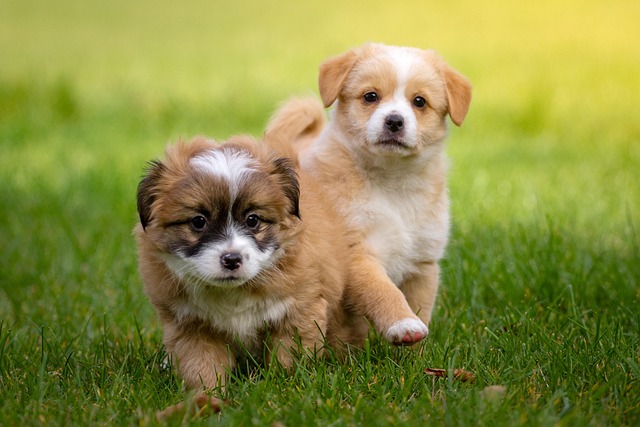
This fun indoor activity also complements your responsibilities as a community member. A dog that is mentally tired from a good scent work session is often calmer and less likely to engage in nuisance barking in your apartment building. Furthermore, the focus and engagement built through this training can lead to better leash manners on walks, as you can use the “Find it” cue to redirect them from a squirrel or another dog. And while you’re enjoying this new bond, remember that local leash laws and the universal duty to always carry poop bags on walks are non-negotiable aspects of responsible dog ownership, just like ensuring their rabies vaccination is up-to-date.
Ultimately, starting scent work is about channeling your dog’s natural abilities into a fun game that strengthens your communication. You don’t need fancy equipment—just some treats, patience, and a willingness to see the world from your dog’s perspective. It’s a perfect way to provide enrichment rain or shine, building a more confident and contented canine companion.

That frantic burst of energy known as the "zoomies" can be amusing, but when your dog is constantly bouncing off the walls, it becomes a real challenge.
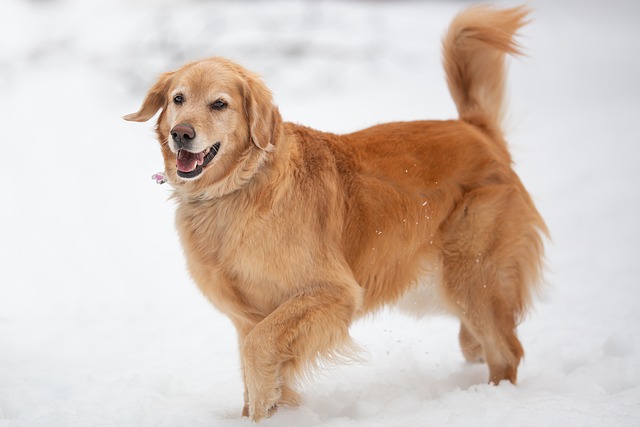
Lots of new Golden Retriever owners wonder if potty training their pup is going to be a huge hassle. The short answer? It depends on consistency more than the breed itself.
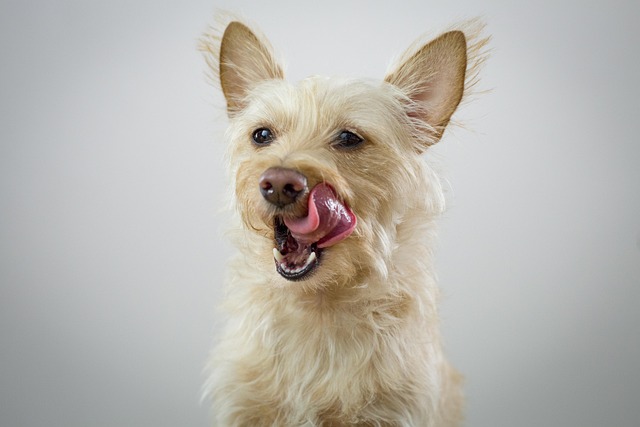
Watching your dog pant, pace, or whine during a thunderstorm or when you're preparing to leave is heartbreaking. Your first instinct might be to reach for something
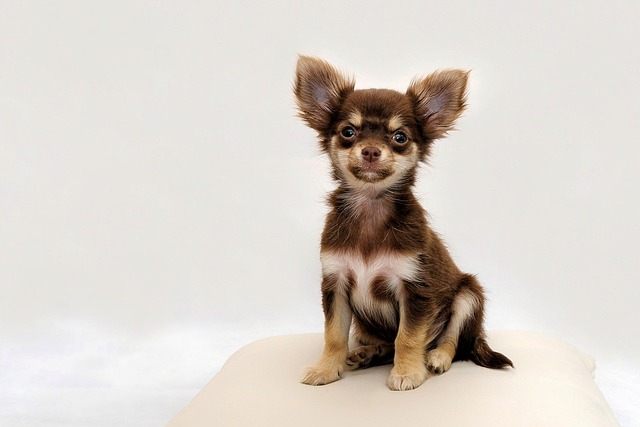
Watching your dog pace during a thunderstorm or hide from visitors can leave you feeling helpless. You want them to feel safe and secure
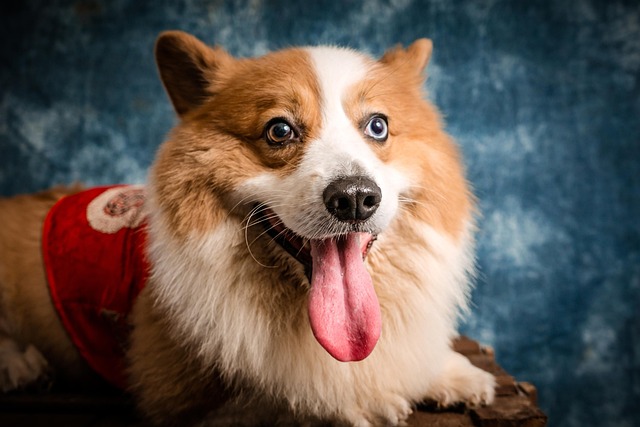
Finding a surprise pile on the living room rug never feels good, but scolding your dog afterward won’t fix the problem—they won’t connect the punishment to the old mess.
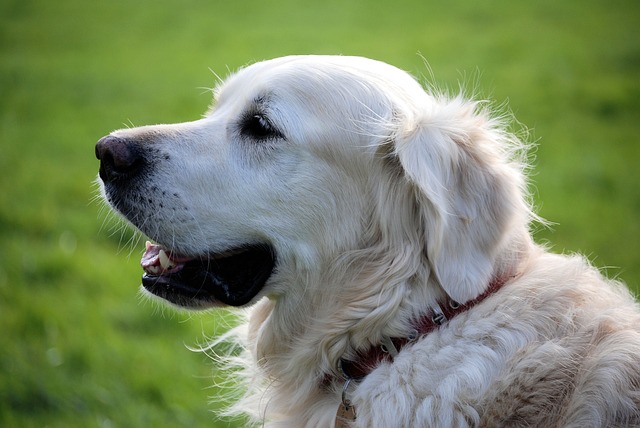
Bringing a new dog home is a whirlwind of excitement—and a million questions. Among the biggest is, "When will they truly feel like mine?"